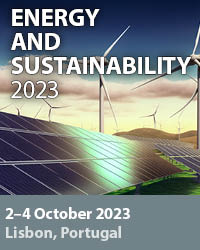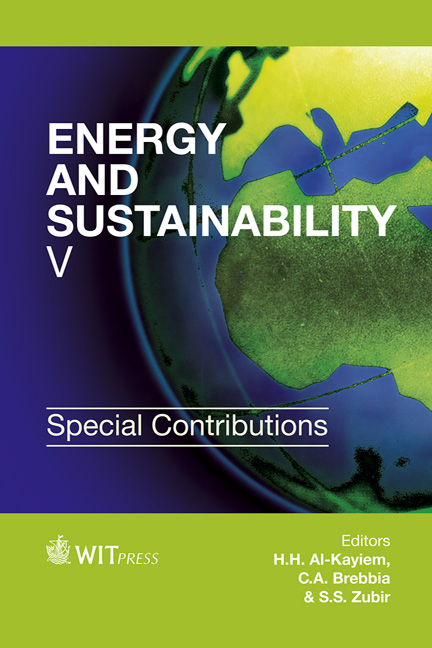Towards Achieving Green Buildings In Developing Countries Based On A Traditional Approach With Reference To The Hot-arid Climate
Price
Free (open access)
Transaction
Volume
206
Pages
12
Page Range
43 - 54
Published
2015
Size
486 kb
Paper DOI
10.2495/ESS140041
Copyright
WIT Press
Author(s)
A. M. Elfeturi
Abstract
Despite the fact that green buildings have become an important architectural trend in the 21st century, they still constitute a tiny subset of existing buildings in developing countries. Buildings are responsible for approximately 40% of the total world annual energy consumption. Most of this energy is for the provision of lighting and air conditioning. Developing countries are still facing unprecedented environmental and financial challenges in their pursuit of achieving rapid urban growth. The combined effect of the business model of “growing at any cost” adopted by these countries has resulted in the deterioration of their environment, manifested in the forms of depleting eco-systems and increasing climate vulnerability. There is growing realization of the urgency to move away from the current situation towards green buildings. This research argues that green buildings have much to learn from the buildings of the past. The research methodology of this paper adopts an analytic approach to environmental solutions in traditional architecture. The key emphasis on the design of greens building lies in energy-saving and nature conservation. The findings of this research reveal that the traditional architecture approach can be used as the main base for green buildings in developing countries. Furthermore, a reconsideration of a traditional architecture approach can provide crucial solutions towards achieving green buildings in developing countries.
Keywords
achieve green buildings, energy, climate, traditional architecture approach, developing countries





